I gave a talk to the Innovation Stories conference in London with my round-up of CES 2019. This is a summary of what I talked about. Please get in touch if you would like a version of this talk or the detailed write-up.
Getting good
If you’re unfamiliar with CES, it’s an annual trade show for the consumer electronics industry held in Las Vegas. 2019 was the biggest ever year, with 250,000 square metres of show floor, 1,200 start-ups and 180,000 visitors.
My big take away this year was that quite a lot of the new things that we had seen introduced in the last three years were getting good — greater maturity and refinement, as well as lower prices, were showing up in many areas.
Television
CES is the place for the latest in TV. As ever, TVs were bigger and higher resolution. Several manufacturers were showing the latest incarnations of tiled television, where instead of a single monolithic screen the image is made from display tiles put together seamlessly. This allows any size image you like, as well as odd shapes. This kind of technology has been available in outdoor advertising screens for some time, but now it promises to come into homes.


It’s premium now, but when made at scale the cost could come down quite considerably, so that one can imagine a world where a typical home has much more display area than just one screen in the corner of a room. This demonstration from CreateLED shows how its tiles can form arbitrary shapes — every surface here is display:
As manufacturers push 4K and even 8K screens, there is a demand for content to put on them. Korean university KAIST was demonstrating an impressive machine-learning-powered technology for high-quality upscaling from regular 1080p to 4K:
Particularly impressive was the fact that this technology does not require much computing power to run, meaning it can be done on the fly and with very low latency.
Car experience
The car electronics market has been big at CES for many years, but recently there has been a push on in-car experiences from manufacturers. Hyundai had a big showcase of different ways driver and passengers could be occupied in a self-driving car.
For example, one of their concepts integrated rowing machines into the car, so that driver and passengers could compete with each other — and with people in other self-driving cars — in virtual boat races projected onto the inside of the windscreen.
For cars driven by human drivers in the conventional way, immersive technologies were on show. WayRay showed its holographic augmented reality (AR) display, now scaled up to cover the entire windscreen.

By tracking the driver’s head position, directions and other information are shown on the windscreen in perfect registration with the outside world. In Nissan’s “Invisible to Visible” concept, the driver wears a virtual reality (VR) headset which uses pass-through video to provide a view of the car and the world outside. This view can be overlaid with information from other sensors — for example, making the footwells appear transparent (using cameras) to allow easier placement of the car in tight situations, and giving a clear view of a road in bad weather conditions.

It also allows the driver to be part of a “metaverse” (no credit from Nissan to Neal Stephenson, sadly), integrating data and even people from elsewhere to the driving environment. In Nissan’s on-stage demonstration, an audience member was joined virtually in a car journey by a driving instructor to get some guidance on her route. To the driver, the instructor appeared to be sitting in the passenger seat.
Immersive experiences (XR)
Virtual reality (VR) and augmented reality (AR) are parts of a continuum of immersive experiences (XR), where the technology places you in some sort of virtual environment that you experience from a first-person perspective. Although around since the 1980s, VR has become more visible to the public in recent years because of Oculus, Google Cardboard and Magic Leap, among others.
At the show there was progress on two important challenges of XR. One is the field of view — using a VR headset feels rather like looking down two toilet rolls, with nothing in your peripheral vision. This makes for quite a tiring experience, with much more head movement than usual.
Pimax showed off its 8K headset. As well as high resolution and high speed (latency between head movement and what you can see is a cause of nausea in XR), it is remarkable in its very wide field of view — 220º horizontally. The effect is much more immersive, because you no longer need to move your head constantly to track moving objects.
The other is the holy grail of AR glasses — lightweight displays that allow you to mix virtual reality with the real world. Even Magic Leap’s One headset feels like quite an event to put on.

Start-up Nreal showed off the closest thing so far to a truly everyday product. Its lightweight headset looks and feels much like sunglasses, while providing a reasonable resolution to each eye. There was no price at the show, but indication of “around the price of a high-end phone” was promising.
Another challenge with XR is the discontinuity between what you see and what you feel, particularly when it comes to motion. Because vision is so important for your brain, even quite limited motion in the real world can feel very compelling in XR.
Cybershoes attach to your shoes to provide feedback about the motion of your feet, allowing you move around your virtual world with your legs. At a grander scale, DOF Robotics showed off its ride simulator, which can enhance a VR ride with realistic motion.
If the motion in this video looks rather tame, bear in mind it can also do this:

Behaviour change
The ability for technology to persuade people has been an established field of research for over twenty years. At the show there were several interesting examples of devices intended to change behaviour in others and in ourselves.
Gametimer is a Dutch start-up that makes a device designed to help children moderate their video game playing.

Parents and children discuss game use and agree a policy — for example, no more than two hours a day, no more than half an hour at a time with at least a fifteen-minute break in between sessions — using an app, and then the policy is downloaded into the device (which vaguely resembles the familiar egg timer). Then the device implements the policy, indicating with a display and lights when gaming is allowed and how much time is left. This collaboration and expression of trust in the children seems to work, according to the company’s founder.
There were devices to help you be more sustainable, including the Pani water monitor and the Lightfoot driving monitor.
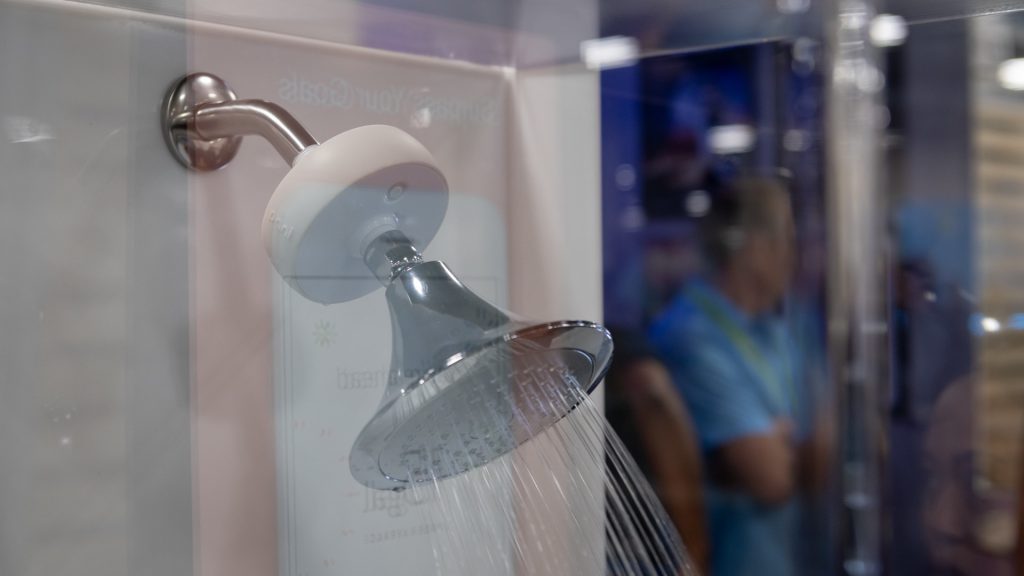

Both of these encourage you to use fewer resources by monitoring your activity and rewarding good behaviour.
There were devices to encourage healthy behaviour, such as moderating drinking and smoking. Tispy is an alcohol monitor that lets you track your alcohol level repeatedly, giving you advice (“drink slower”, “drink more water”) and a prediction of when you will be sober. Pivot is a smoking cessation programme that relies on a device hand-held device to reveal the amount of carbon monoxide in your blood.


In both cases, the devices are revealing information about your own body in the service of helping you act in a healthier way. Pivot is also interesting because, although it is designed and packaged as a consumer product, it is sold to enterprises. They explain that an employee who smokes costs a US business $7,000 a year on average in additional healthcare costs. For $595, an employer can provide an employee with the coaching programme and device for a year. The use of the device is private to the employee, but the provision of it is enough to reduce healthcare premiums.
The Slighter smart lighter is a really neat smoking reduction device. Firstly, it is a good quality lighter, which you use every time you smoke.

It exploits that usage pattern to prompt you. For example, you may have been about to have a cigarette but now change your mind as a result of the prompt. By tracking this use, it can motivate you in various ways — for example, by telling you how much money you have saved by smoking less.
Autonomous robots in business
Robots have been a growing part of CES for the last few years. This year, there were many robots on show designed for business use.
Honda’s autonomous work vehicle is a modular robot designed to be adaptable to a variety of business situations. It has a flexible mounting system in so that it can carry accessories and different kinds of cargo wherever they are needed.

The largest robots at the show were John Deere’s autonomous combine harvester and the Einride autonomous delivery truck.

Able to operate 24 hours a day, the harvester could be a huge asset in an industry with short harvesting windows and a dearth of qualified drivers.

The Einride truck is already in trials on closed sites owned by DB Schenker, and is expected to be in public road trials in Sweden this year.
At the other end of the scale, last-mile and last-metre delivery robots were on show. Snackbot, created on a platform from Robby, was starting a trial to bring snacks autonomously to students on campus at University of the Pacific.

It is one of several companies creating wheeled robots designed to run on sidewalks alongside people. Anybotics’ Anymal platform is a four-legged robot that is can cope with more complex terrain, such as stairs, and is sold for a variety of uses other than delivery.
CES has included drones of all sizes for some years. While most drones that are not merely toys are sold for photographic work, other uses are on the rise. Since Jeff Bezos introduced Amazon’s Prime Air teaser in 2013, the general public has been looking forward to ultra-fast e-commerce deliveries by drone. In the West, this is still a rare thing. An impressive first-time appearance by “the Amazon of China” JD.com included several drones that it has been using for deliveries to far-flung parts of the country since 2015.

The example above is a hybrid. It has four rotors powered by electric motors to allow it to take off and land vertically, and a gasoline engine powering a forward-facing propeller for long-distance, fixed-wing flight.
The weight of batteries means that most drones can fly only for a few minutes before needing to land and recharge. Russian company Global Energy Transmission (GET) claims to eliminate this problem.

Maxim Koshelev, GET’s head of engineering, demonstrated its wireless charging technology. Drones equipped with special receivers can hover within a loop of wire placed above the ground, and receive up to 12kW of power to charge their batteries. This technology promises to allow long range flights by having a network of charging stations, in which drones could hover to recharge en route, and also uses of drones that involve continuous duty (one of GET’s demonstration films shows a timelapse view of a drone flying for eight hours).
Trust
Trust is a big topic in general for 2019, and at CES we found evidence of three aspects of it: belief, privacy and delegation.
Belief
With so many new devices and services that purport to improve your life, it’s difficult to know how which claims to believe. This creates new opportunity for impartial evaluators.

SleepScore, for example, released a free app to help you track the quality of your sleep. Once it built up a community of users, it began to use the data obtained from this tracking (anonymously) to evaluate products used by its community. It sells many of those products, with attached “independent” ratings generated from the data output of its app. It also has a sideline selling more detailed data back to the companies that make the products, to help them to improve.
AT&T also showed an entry into this evaluation area by offering some expert opinion on projects looking for crowd funding on Indiegogo. In conjunction with Arrow Electronics, it launched the Arrow Certification Program. Included in the benefits of the program is a “certified badge” that identifies your project as feasible for production in the opinion of Arrow and AT&T experts. They claim projects with the certification are four times more likely to hit their funding goals on Indiegogo.
Privacy
Data breaches have made the news many times in 2018, from British Airways revealing payment details of 380,000 customers to the theft of 500 million customer records from Marriott Hotels. This has helped make privacy a bigger concern for consumers.
Thanks to the high volumes of mobile phones, small and cheap cameras now turn up in many devices as their main sensors. The unfortunate side effect is that, if compromised, they can be used to spy on people.


The SmartThings Vision camera from Samsung makes a point of only capturing outlines, allowing it to detect presence and motion without storing or transmitting detailed photos. Vayyar’s sensor incorporates 72 radar transceivers that allow it to form a low-resolution 3D image without a typical camera lens. One use case on display was fall detection for seniors. Because the device is not a camera, it is acceptable even in bathrooms, where most falls take place but a regular camera would not be welcome.
Continuing the theme of privacy, there were many medical tests that could be carried out at home. EyeQue offers a range of eye tests powered by a smartphone.

Fertility can be a sensitive issue. Kits from O’VIEW (Korean) and YO allow men to test their sperm motility at home.

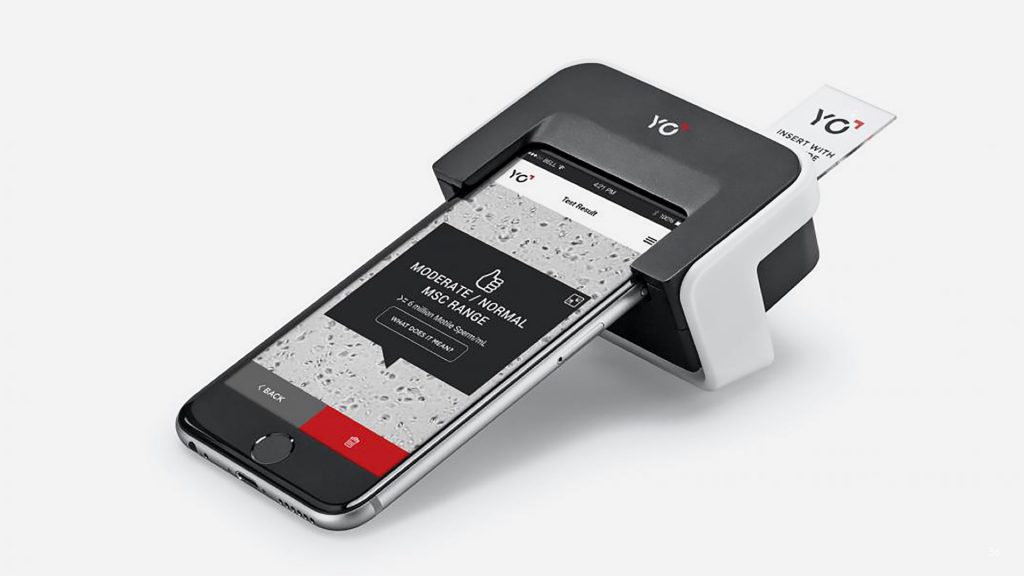
Home tests for a wider range of conditions were promised by 1drop, which uses a drop of blood from a finger prick, and TestCard, which uses low cost cards impregnated with chemicals to test urine.


Advertisers use of personal data to target consumers has also become unpopular thanks to scandals such as the Cambridge Analytica affair. Anagog showed off its JedAI SDK for profiling users. Using the sensors on your phone, it can figure out what kind of activity you’re doing, where you live, work and travel, and a variety of your preferences.

At first glance, this doesn’t sound very promising from a privacy perspective. However, the idea is that this profile is built and remains on your phone, without the need to be sent to the cloud. Therefore, it becomes possible to provide content to a niche audience — say, dog owners who live in Birmingham — without having a list of those people in advance. Each person’s phone can look at the content that is available and choose to show the most relevant to its owner.
Delegation
As we have written before, delegation is an important long-term trend. As technology claims to be more intelligent, it offers to take on more decisions on behalf of its users.
There was plenty of evidence of this in child-related technology. The POMM child tracker, for example, claims not only to tell you where your child is (using GPS) but also to know that he or she is in good health (using temperature and heart rate).

Anyone who has had children will remember moments of bending to check whether the baby is still breathing. Not any more: the Smart Beat video baby monitor promises to alert you if your baby is not breathing normally.

Before the baby arrives, Efelya encourages you not to worry about finding obstetric care preemptively: its algorithm will warn you, it says, if there is any cause for concern with your pregnancy.
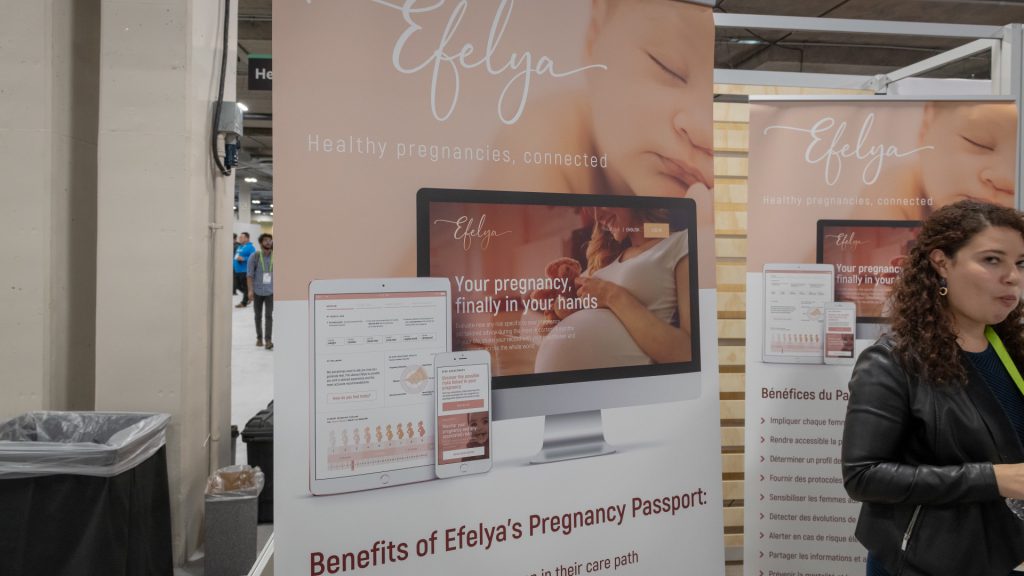
All of these are examples of delegation: they promise to take away your need to pay constant attention by notifying you when there is something for you to worry about (if you trust them).
Delegation is not limited to monitoring and interpreting information. The Hüpnos sleep mask detects the sounds of snoring and actively controls your breathing by restricting airflow into your nose.
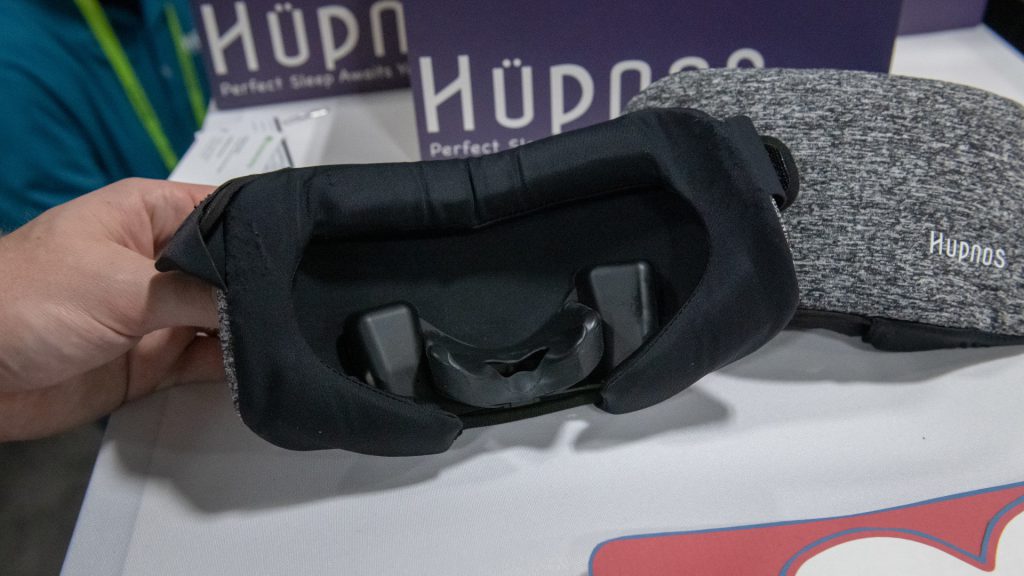
And finally…
As always, there were a few items that caught the eye. Starting with the things that were getting good, French company Invoxia showed off some low-cost trackers.
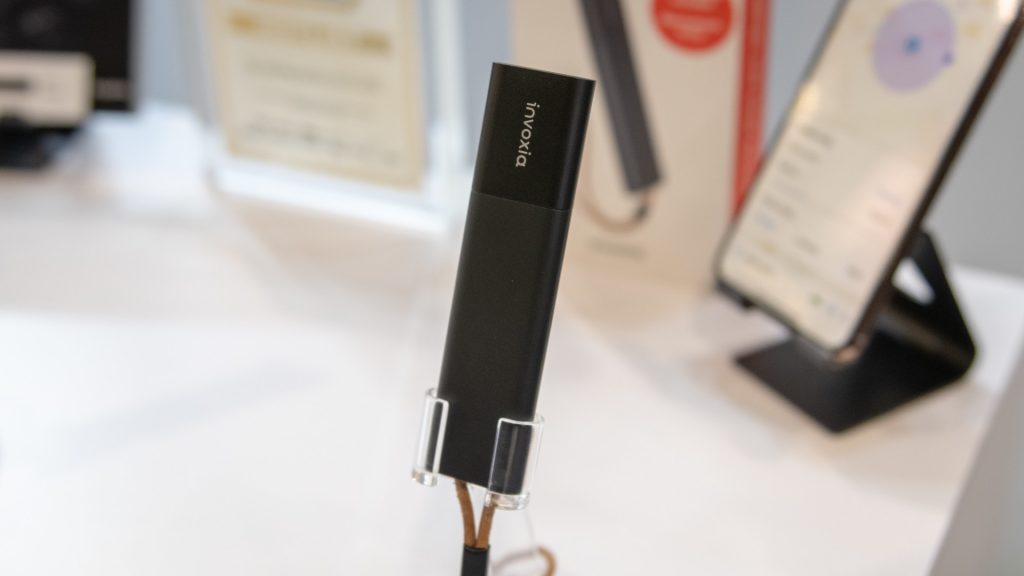
For €129, the GPS tracker has a battery life of up to six months and communicates over the SIGFOX IoT network. Impressively, the purchase price includes three years of subscription to the network, after which the price is a competitive €9.99/year.
In the beauty market, P&G showed off the Opté wand. The hand-held device contains a scanning head and, effectively, and inkjet print head for make-up. You move the device over your face and it detects blemishes and applies make-up only to those areas that need it. The result is an impressively natural-looking complexion that uses around 10% of the product that would normally be applied manually.
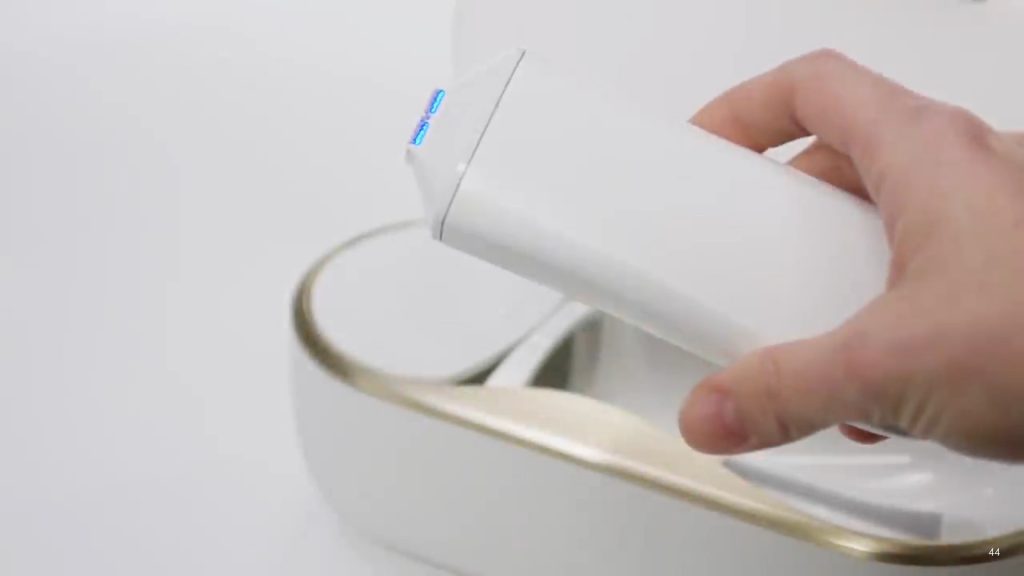
The SOURCE hydropanel from Zero Mass uses solar energy to extract drinking water from the air. Each panel produces 1–6 litres of water per day (depending on humidity and cloud cover) without any other infrastructure.
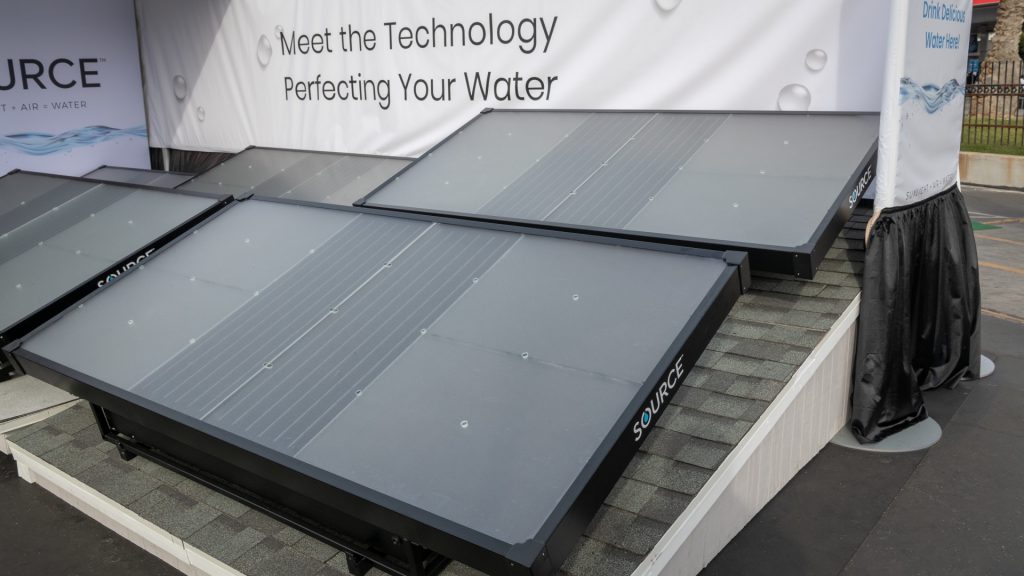
The Better Technology and Better Life (BTBL) Secure Card is an EMV payment card that integrates an e-ink display and a fingerprint reader. There have been other card-like devices of this kind, but they have been rather clunky. This one is barely thicker than a regular card and charges wirelessly from a cradle — a two-hour charge is enough for 1,000 validations.
Continuing the privacy theme, Mycroft brought its latest device, the Mark II, to the show. Mycroft has been around for a while, providing an open source alternative to Amazon Alexa and Google Home. Earlier incarnations required a fair bit of technical knowledge to set up and use. The new device is comparable to other commercially available smart speakers.
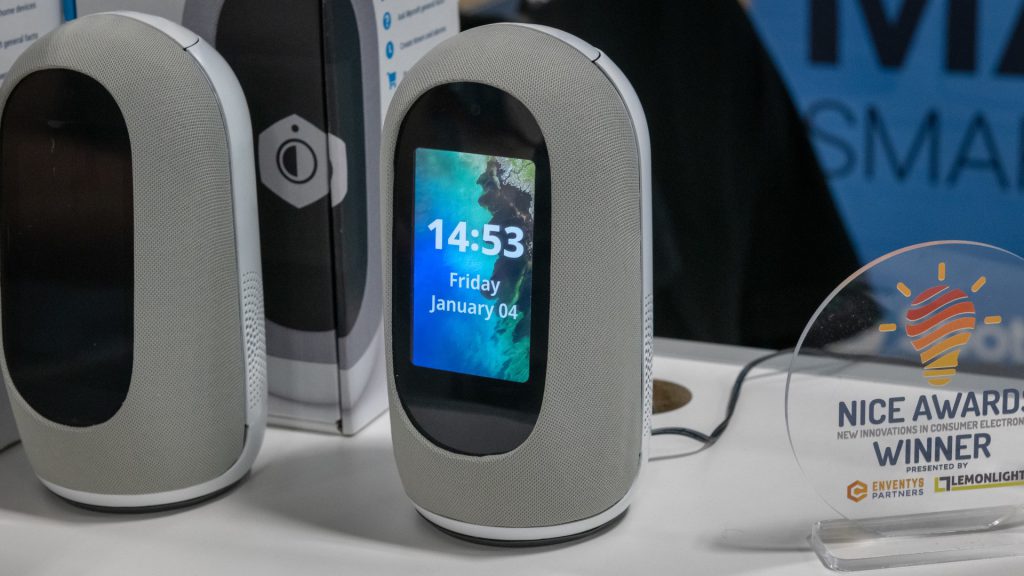
As well as things that are getting good, you can always find a good many products that are frivolous, duff or attempting to solve a problem that doesn’t need to be solved.
First up is Hanseo’s Little Cat exercise wheel for cats. It provides exercise for cats in much the same way as the smaller wheels found in rodent cages. The company assures us that cats love to use it, particularly because it integrates a virtual laser pointer (a ring of LEDs creates the pointer effect). You can make your own cat healthier for only $1,800.
A comparative bargain at $650, the PePe DR100 pet dryer will dry your (small) dog in 20–30 minutes. If you think that sounds like a long time for a dog to sit in a box, we asked: apparently, it’s normal in Korea.

When it comes to smart rings, there’s always one, and this year there were two. The trouble is, people who wear rings do so for aesthetic and sentimental reasons, and these electronic rings (even the Starck-designed one) fall into neither category.
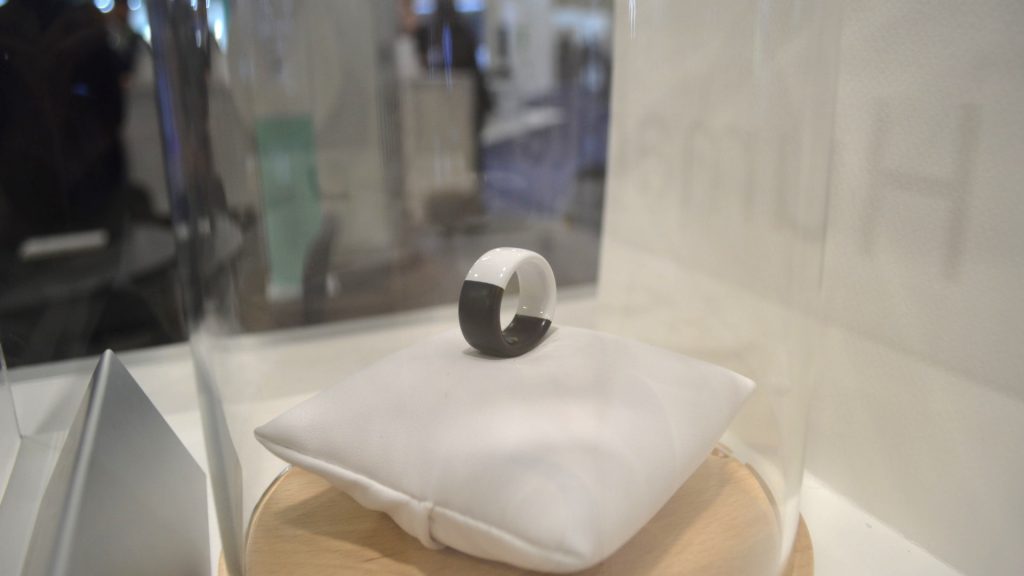
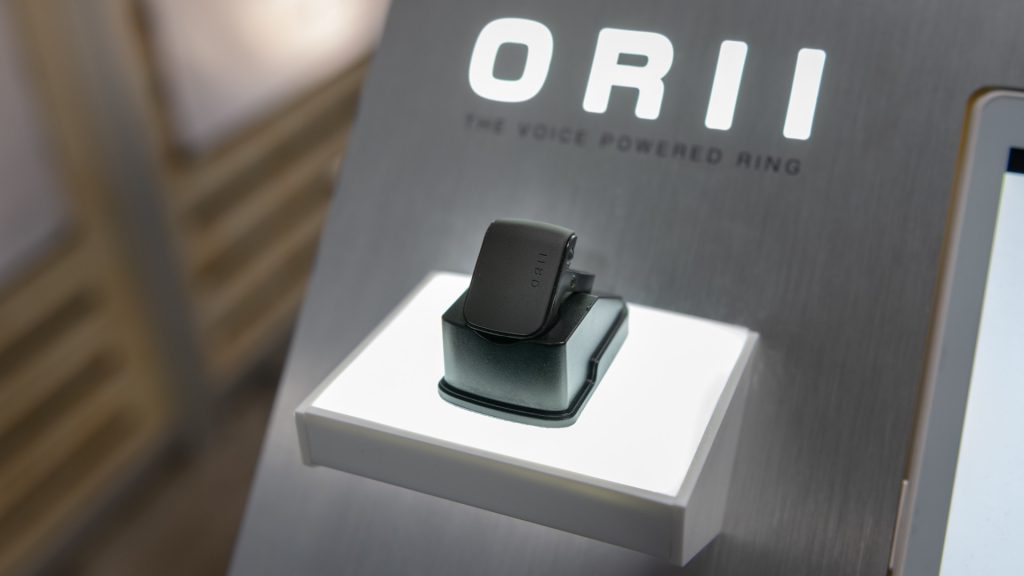
The founders of Robomodix worked in the special effects industry on animatronic figures. They created a robotic human head initially as a research tool, to understand how people react to anthropomorphised machines. At the show, they were also showing a version of the head designed for domestic use. The $1,000 device incorporates Amazon’s Alexa assistant. The company says that, so far, they have found that some older users enjoy having their e-books read to them by the animated head.
Ohmibod showed the BlueMotion NEX 1 app-controlled vibrator. Ostensibly a boon for long-distance relationships, the product now features Alexa integration for voice control.

Premium plumbing brand Kohler had a large presence, showcasing its high-tech smart home products. Its smart toilet — snapping at the heals of Japanese market leader Toto — features LED illumination and Alexa-powered voice control for, as the company puts it, a “fully immersive experience.”
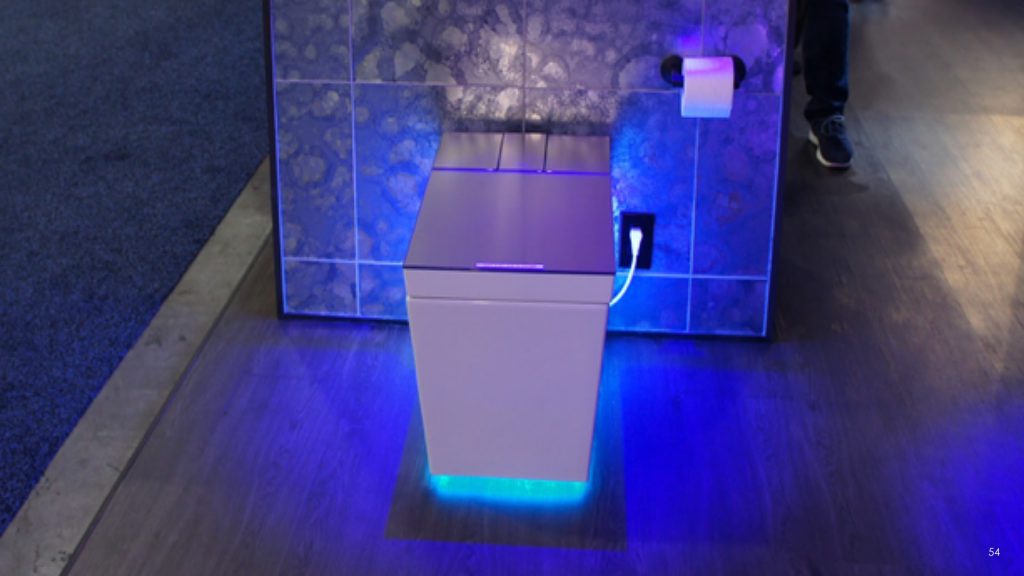
In inventor Richard Pisani’s own words, the TV Jockstrap is a low-tech solution to a high-tech problem. A sports fan, he was annoyed that when, say, watching NASCAR and recording a football match, the ticker across the bottom of the screen would reveal the scores, spoiling is enjoyment of the recorded game. His wife started putting pillows in front of the TV to block this unwanted information. Inspired by this, Richard invented the two-inch-wide elastic strap that fits around the bottom of your TV.
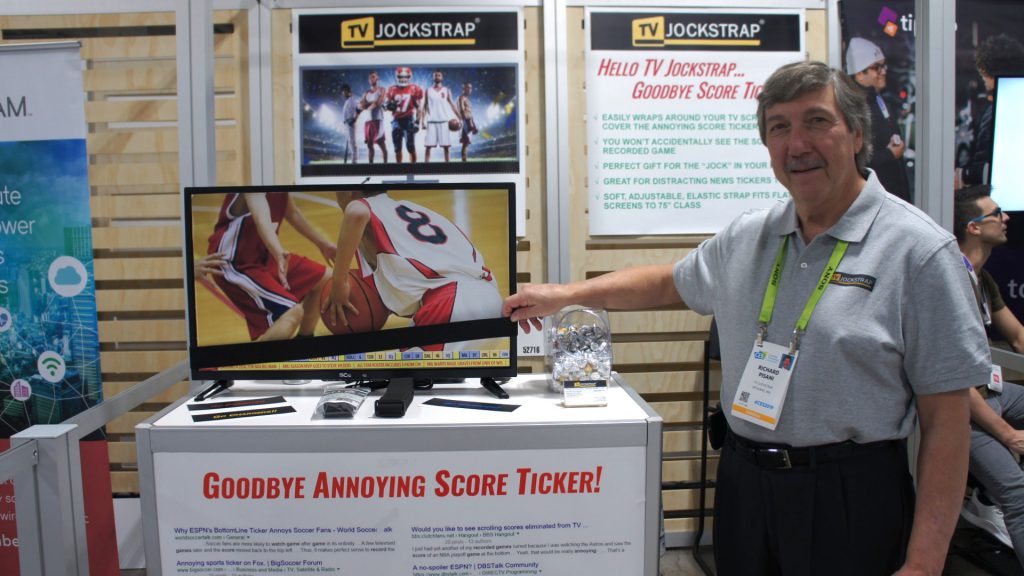
If you find yourself short of adulation, the Big Clapper is a 900mm-high robot that will cheer you up with a round of applause.
Controlled by an app, it can speak (with mouth movements) as well as clap, and can also synchronise with other Big Clapper robots to create that “appreciative crowd” effect.